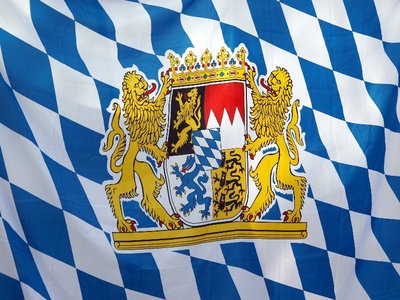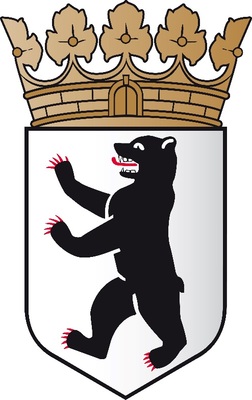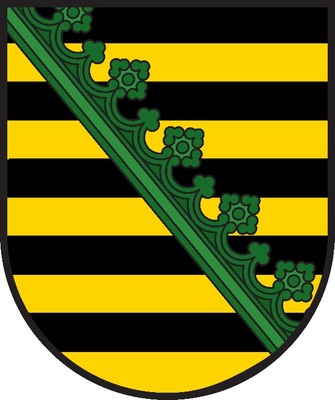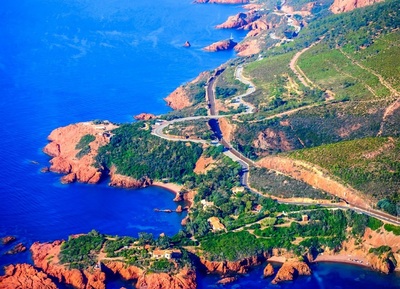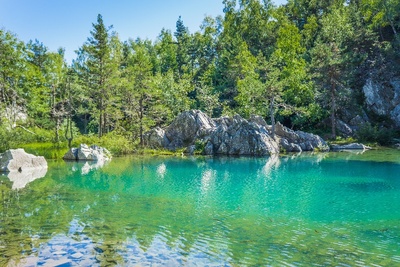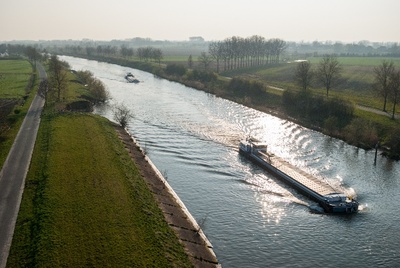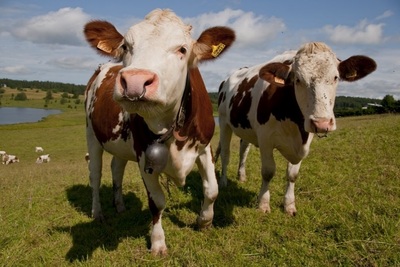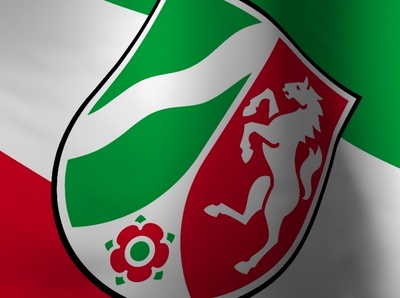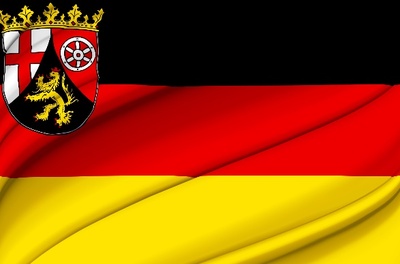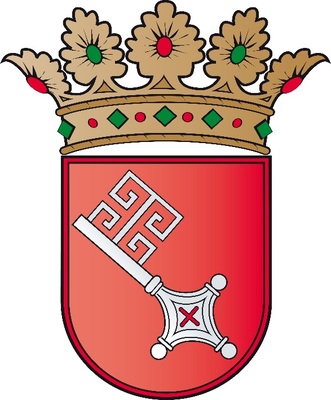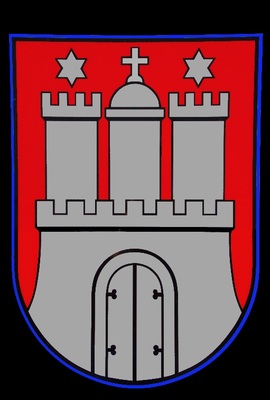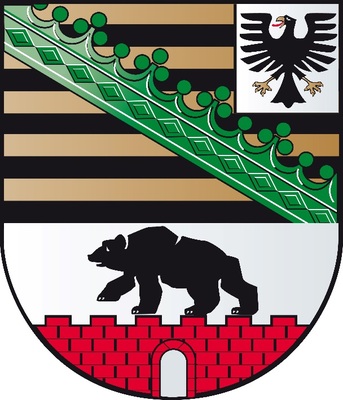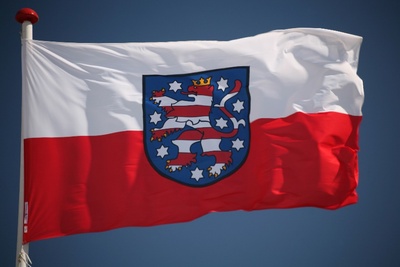
Hunedoara, Romania
- Add to favouritesHunedoara
- Download

One of the country’s industrial powerhouses in the 20th century due to its vast coal reserves and steel industry, Hunedoara County has undergone intense de-industrialisation since 1989 which has been accompanied by occasionally violent social protests. The closure of the coal mines and decline of the steel industry have had a profound economic and social impact in the single-industry areas concerned. In a context where Romania has pledged to decarbonise its power generation entirely by 2032, the mining region is seeking a new economic identity, with wind energy or tourism offering retraining opportunities.
Examples of projects and initiatives supported by the EU
Conservation and restoration of the Amphitheatre at the archaeological site Ulpia Traiana Sarmizegetusa
Transport modernisation in Hunedoara, through investments in ecological transport – Central Corridor
Modernisation Mureș Traffic Corridor North: DN 7(Gelmar) -Geoagiu Bai – Bobâlna -Rapoltu Mare – Uroi – Chimindia – Harau – Barsau -Șoimuș – Brănişca – DN 7 (Ilia)
Modernisation of transport in Hunedoara, through investments in ecological transport – West Corridor
Restoration and sustainable exploitation of the Corvin Castle cultural heritage – Hunedoara Municipality
Rehabilitation of the urban area hill of Deva Fortress, nature and historical monument with high tourist value in Deva Municipality - rehabilitation of fortress area I
Modernisation of transport in Hunedoara, through investments in green public transport – east corridor
- Further information
EU funds, https://mfe.gov.ro/
West Regional Development Agency, https://adrvest.ro/
European Parliament | Liaison Office in Romania , https://bucharest.europarl.europa.eu/ro
EPRS | European Parliamentary Research Service , http://www.epthinktank.eu/

















































